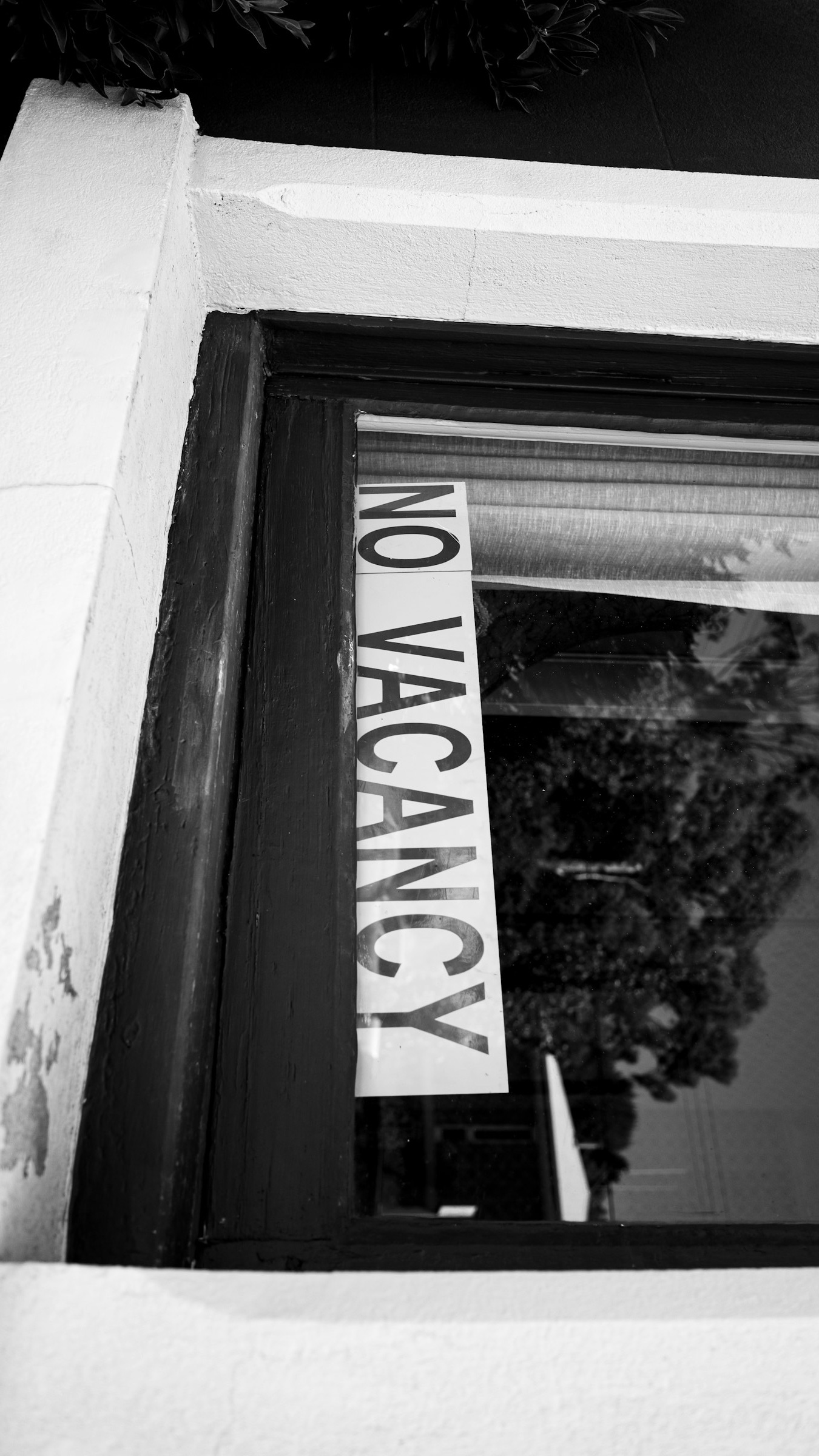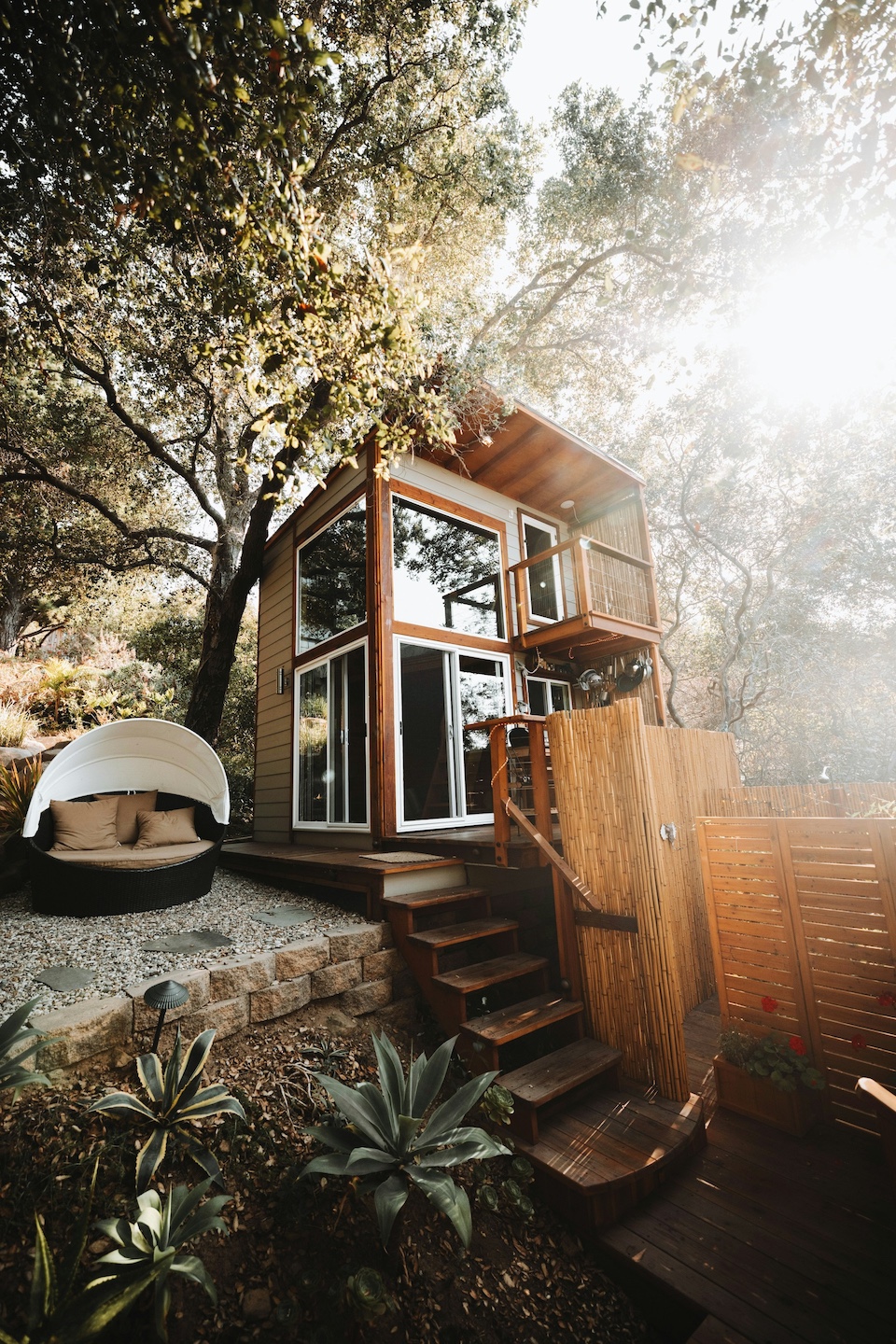9 Ways to Afford Rent in Seattle: Budget-Friendly Tips for 2025



Splitting rent is one of the easiest ways to cut housing costs. Finding a roommate or sharing with family members can lower your monthly housing expenses dramatically.

Next Tip
If you're struggling to afford Seattle’s most expensive neighborhoods, consider looking further afield. While areas like Capitol Hill, Ballard, and Belltown have sky-high rents, the Seattle area has many more affordable neighborhoods.
These locations are all within reasonable commuting distance to the heart of the city via bus or light rail, but rents can be significantly lower.
Pro Tip: Zillow’s housing data shows that rents are climbing steadily in the heart of Seattle, making it crucial to explore alternatives if you want to save. For more information about this national trends, check out Zillow’s latest rent report.

Next Tip
Seattle offers several affordable housing programs aimed at assisting residents with modest incomes:
Check eligibility requirements and keep an eye on application deadlines, as these units often fill quickly.
Next Tip
If you're open to non-traditional rentals, shared living can cut costs dramatically.
Co-living spaces offer private bedrooms with shared kitchens, bathrooms, and amenities—often fully furnished and with utilities included. Several modern co-living providers still operate in Seattle:
Accessory Dwelling Units (ADUs)—also called backyard cottages or in-law apartments—are smaller, self-contained rentals often more affordable than full apartments. They're great for renters who want more privacy.
Share houses involve renting a room in a larger home, often with shared kitchens and bathrooms. These are typically informal arrangements managed by tenants or small landlords and can be one of the most affordable options in the city.
Shared living solutions are growing in popularity and provide an excellent way to live affordably in a high-demand market like Seattle.
Tip: If you're thinking about co-living or ADUs, they’re increasingly popular in cities with high rent like Seattle. Learn more about co-living in this article on ArchDaily or this Business Insider article on ADU living.

Next Tip
Pro Tip: New apartment developments often offer limited-time deals. Call leasing offices directly—even if no promotions are listed online—to ask about current incentives.

Next Tip
If cutting expenses isn’t enough, consider increasing your income with flexible side gigs:

Next Tip
Consider moving from a 1-bedroom to a studio or efficiency unit. You’ll save not only on rent but also on utilities and furnishings.
Many Seattle neighborhoods now offer modern, micro-apartment layouts that feel surprisingly livable with the right layout and storage strategy.
Next Tip
If you're facing a short-term crisis, don’t wait—help is available. Seattle nonprofits offer emergency rental assistance:
These programs are designed to prevent eviction and help stabilize housing for families in need.
Next Tip

Rent isn’t always set in stone, especially if the unit has been sitting vacant. Many landlords would rather offer a small discount than lose a reliable tenant.
Conclusion
Rising rents can feel discouraging—but you’re not without choices. Whether it's splitting rent with roommates, taking advantage of co-living spaces, or downsizing for a year, there are strategies that make Seattle living more realistic—even without a $90K income.

Share My QR |
|
We firmly believe that the internet should be available and accessible to anyone, and are committed to providing a website that is accessible to the widest possible audience, regardless of circumstance and ability.
To fulfill this, we aim to adhere as strictly as possible to the World Wide Web Consortium’s (W3C) Web Content Accessibility Guidelines 2.1 (WCAG 2.1) at the AA level. These guidelines explain how to make web content accessible to people with a wide array of disabilities. Complying with those guidelines helps us ensure that the website is accessible to all people: blind people, people with motor impairments, visual impairment, cognitive disabilities, and more.
This website utilizes various technologies that are meant to make it as accessible as possible at all times. We utilize an accessibility interface that allows persons with specific disabilities to adjust the website’s UI (user interface) and design it to their personal needs.
Additionally, the website utilizes an AI-based application that runs in the background and optimizes its accessibility level constantly. This application remediates the website’s HTML, adapts Its functionality and behavior for screen-readers used by the blind users, and for keyboard functions used by individuals with motor impairments.
If you’ve found a malfunction or have ideas for improvement, we’ll be happy to hear from you. You can reach out to the website’s operators by using the following email [email protected]
Our website implements the ARIA attributes (Accessible Rich Internet Applications) technique, alongside various different behavioral changes, to ensure blind users visiting with screen-readers are able to read, comprehend, and enjoy the website’s functions. As soon as a user with a screen-reader enters your site, they immediately receive a prompt to enter the Screen-Reader Profile so they can browse and operate your site effectively. Here’s how our website covers some of the most important screen-reader requirements, alongside console screenshots of code examples:
Screen-reader optimization: we run a background process that learns the website’s components from top to bottom, to ensure ongoing compliance even when updating the website. In this process, we provide screen-readers with meaningful data using the ARIA set of attributes. For example, we provide accurate form labels; descriptions for actionable icons (social media icons, search icons, cart icons, etc.); validation guidance for form inputs; element roles such as buttons, menus, modal dialogues (popups), and others. Additionally, the background process scans all of the website’s images and provides an accurate and meaningful image-object-recognition-based description as an ALT (alternate text) tag for images that are not described. It will also extract texts that are embedded within the image, using an OCR (optical character recognition) technology. To turn on screen-reader adjustments at any time, users need only to press the Alt+1 keyboard combination. Screen-reader users also get automatic announcements to turn the Screen-reader mode on as soon as they enter the website.
These adjustments are compatible with all popular screen readers, including JAWS and NVDA.
Keyboard navigation optimization: The background process also adjusts the website’s HTML, and adds various behaviors using JavaScript code to make the website operable by the keyboard. This includes the ability to navigate the website using the Tab and Shift+Tab keys, operate dropdowns with the arrow keys, close them with Esc, trigger buttons and links using the Enter key, navigate between radio and checkbox elements using the arrow keys, and fill them in with the Spacebar or Enter key.Additionally, keyboard users will find quick-navigation and content-skip menus, available at any time by clicking Alt+1, or as the first elements of the site while navigating with the keyboard. The background process also handles triggered popups by moving the keyboard focus towards them as soon as they appear, and not allow the focus drift outside of it.
Users can also use shortcuts such as “M” (menus), “H” (headings), “F” (forms), “B” (buttons), and “G” (graphics) to jump to specific elements.
We aim to support the widest array of browsers and assistive technologies as possible, so our users can choose the best fitting tools for them, with as few limitations as possible. Therefore, we have worked very hard to be able to support all major systems that comprise over 95% of the user market share including Google Chrome, Mozilla Firefox, Apple Safari, Opera and Microsoft Edge, JAWS and NVDA (screen readers), both for Windows and for MAC users.
Despite our very best efforts to allow anybody to adjust the website to their needs, there may still be pages or sections that are not fully accessible, are in the process of becoming accessible, or are lacking an adequate technological solution to make them accessible. Still, we are continually improving our accessibility, adding, updating and improving its options and features, and developing and adopting new technologies. All this is meant to reach the optimal level of accessibility, following technological advancements. For any assistance, please reach out to [email protected]